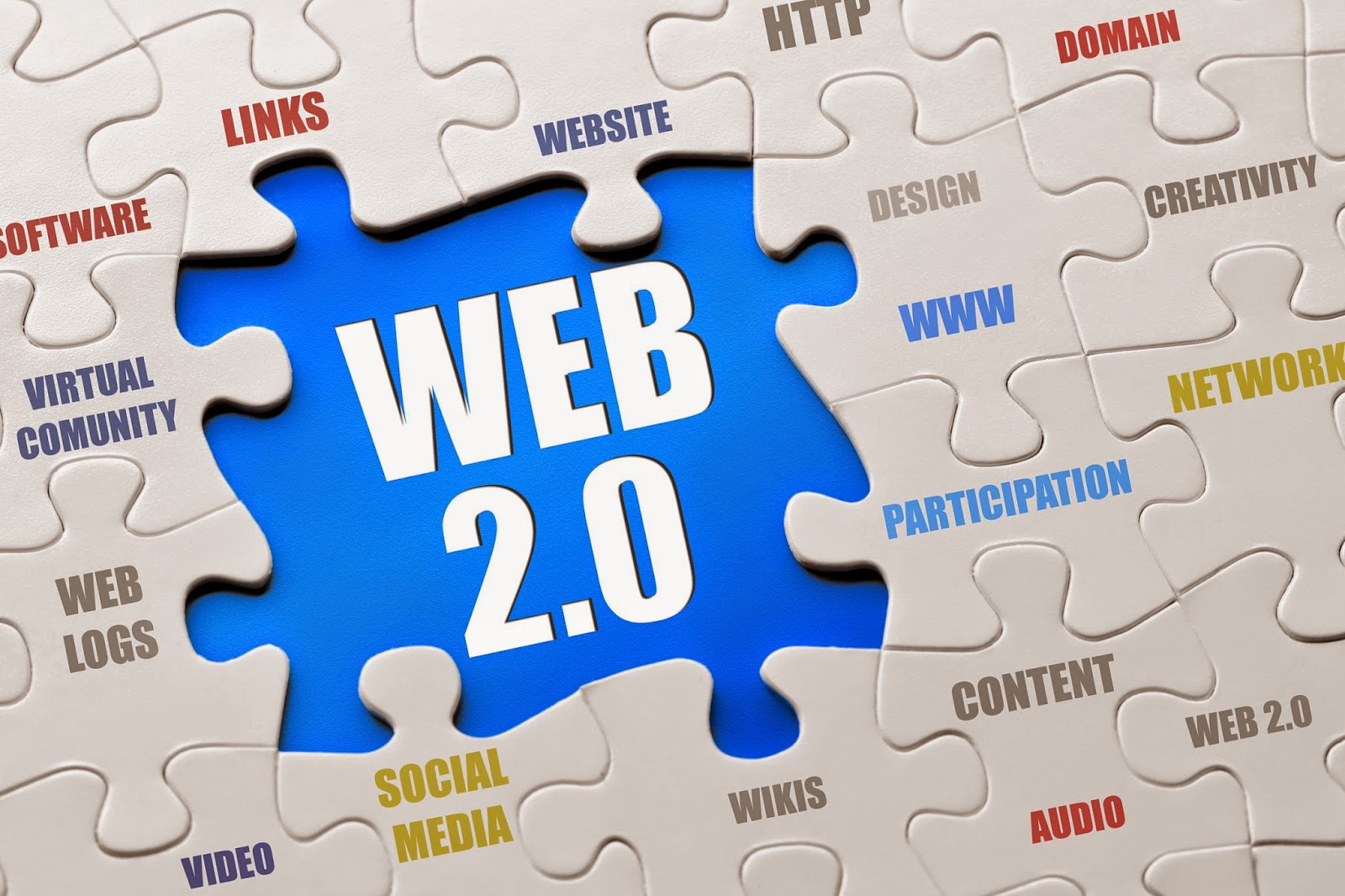image sourced from Ollie Bray free internet safety and responsible use cartoons
Each day, students are faced with a number of moral and ethical dilemmas. Should I let her sit at lunch with me? Should I stop the kids from teasing him? I forgot to do my homework, should I just copy my friend's? These situations are compounded with student exposure and use of technology. Teachers who once understood clear boundaries for student intervention with ethical and moral dilemmas in school are now finding the lines for intervention blurred because of technology. (Johnson, 2007).
What this means for educators is that we need to add a new dimension to our teaching and include issues that students might encounter with technology when guiding students to be ethical and moral. Students need to know right from wrong, period. The choices they make online have consequences everywhere. We need to emphasize to our students that there is no distinction between the "digital world" and the "real world."
While that seems simple enough, technology actually makes our jobs more difficult because it is easier for students to make the wrong choices. There is a certain level of anonymity that students experience on the Internet. They believe they can hide behind fake screen names or fabricated social media accounts when they choose to bully someone on the Internet. Students may also feel removed from situations because they are not interacting face-to-face with someone. Furthermore, downloading music and videos illegally doesn't feel like stealing and copying and pasting information from a digital source doesn't seem like plagiarism. With all of these scenarios, students believe there is much less of a risk of being caught.
Therefore, teaching digital citizenship has become a major responsibility for educators. We need to guide children to value technology and the Internet to communicate, collaborate, create and think critically (Blair, 2012). Students need to learn to navigate online safely, ethically, legally, and ultimately, independently. Though we can monitor them while they are at school, students spend many hours on technology outside of school. They need to internalize and transfer those codes of conduct from one environment to another, realizing that everything is connected.
References
Blair, N. (2012) Technology Integration for the New 21st Century Learner. Retrieved from http://www.naesp.org/
Gabriel, T. (2010). Plagiarism Lines Blur for Students in Digital Age. Retrieved from http://www.nytimes.com/2010/08/02/education/02cheat.html?_r=0
Johnson, D. (2007). Does Technology Change How Schools Teach Ethical Behaviors? Retrieved from http://www.doug-johnson.com/dougwri/does-technology-change-how-schools-teach-ethical-behaviors.html
SNHU (2015). Module Four: Ethical Legal and Moral Practices in Technology. Retrieved from https://bb.snhu.edu/bbcswebdav/



